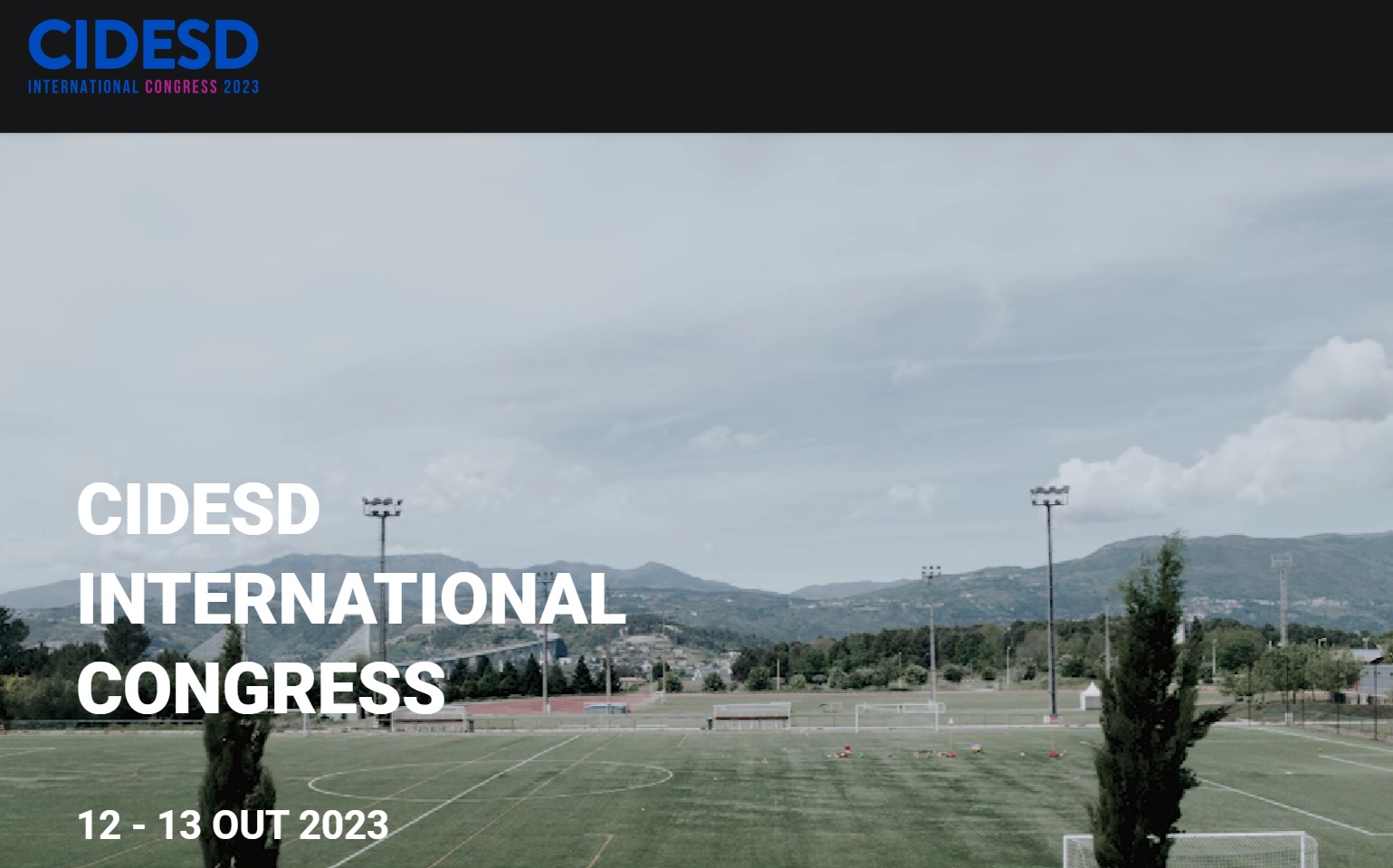Risk and safety in Nature and Adventure Sports: risks perceived by rafting guides
DOI:
https://doi.org/10.6063/motricidade.32039Keywords:
rafting, danger, risk, nature and adventure sportsAbstract
The aim of this study is to identify the risk factors that are perceived by guides in the rafting activity.
We have applied a questionnaire to 39 rafting guides from Iberia and Latin America, with a mean age and standard deviation respectively of 37.49 ± 12.16. The participants were asked about their mental representation of the risk they experience in the Rafting modality.
Data analysis and processing was performed using N-Vivo 10 software. To organize and subsequently analyse the risks identified by the guides, a "tree" was created based on two pillars: human factors and environmental factors. The human factors were subdivided into physiological; operational; emotional and psychological; cognitive; group behavior; and means of rescue. The environmental factors were subdivided into the geomorphological and meteorological dimensions, fauna and flora.
The guides with 76.3% of the propositions and environmental factors with 23.7% of the propositions identified human factors. The most perceived risk factor was the human factor, with greater expression in the dimension "operational", concluding that the greater perception of risk is in factors controlled by man.
Downloads
Published
Issue
Section
License
The authors of submitted manuscripts must transfer the full copyright to Journal Motricidade / Desafio Singular Editions. Granting copyright permission allows the publication and dissemination of the article in printed or electronic formats and copyrights start at the moment the manuscript is accepted for publication. It also allows Journal Motricidade to use and commercialize the article in terms of licensing, lending or selling its content to indexation/abstracts databases and other entities.
According to the terms of the Creative Commons licence, authors may reproduce a reasonable number of copies for personal or professional purpose but without any economic gains. SHERPA/RoMEO allows authors to post a final digital copy (post-printing version) of the article in their websites or on their institutions' scientific repository.


